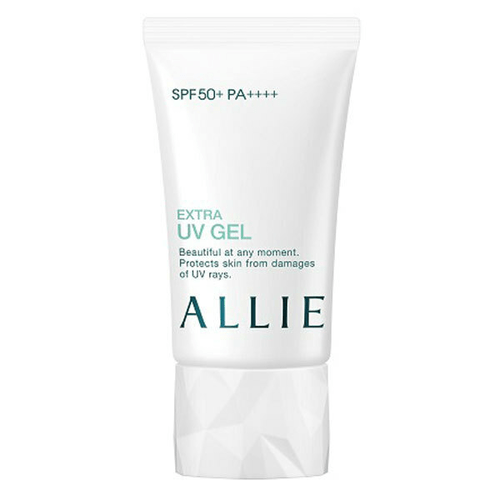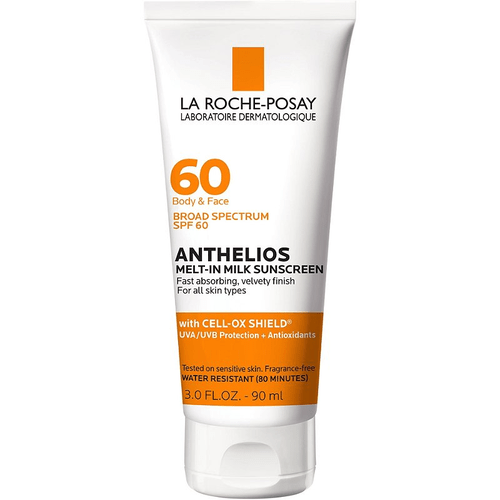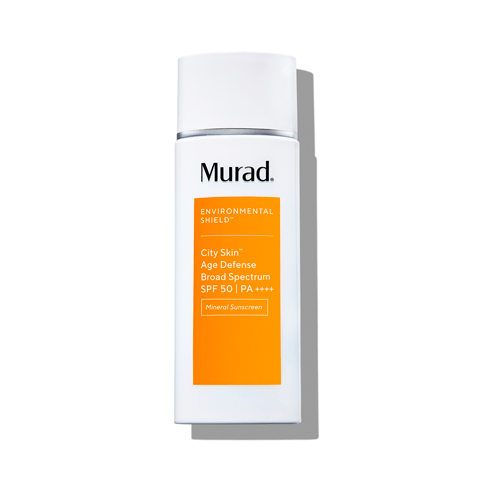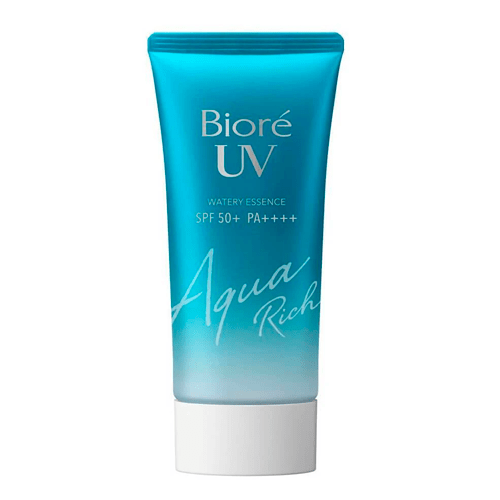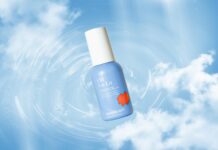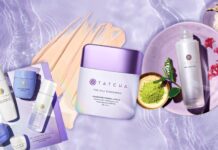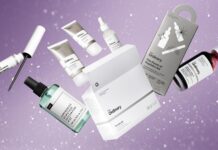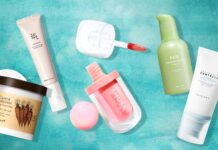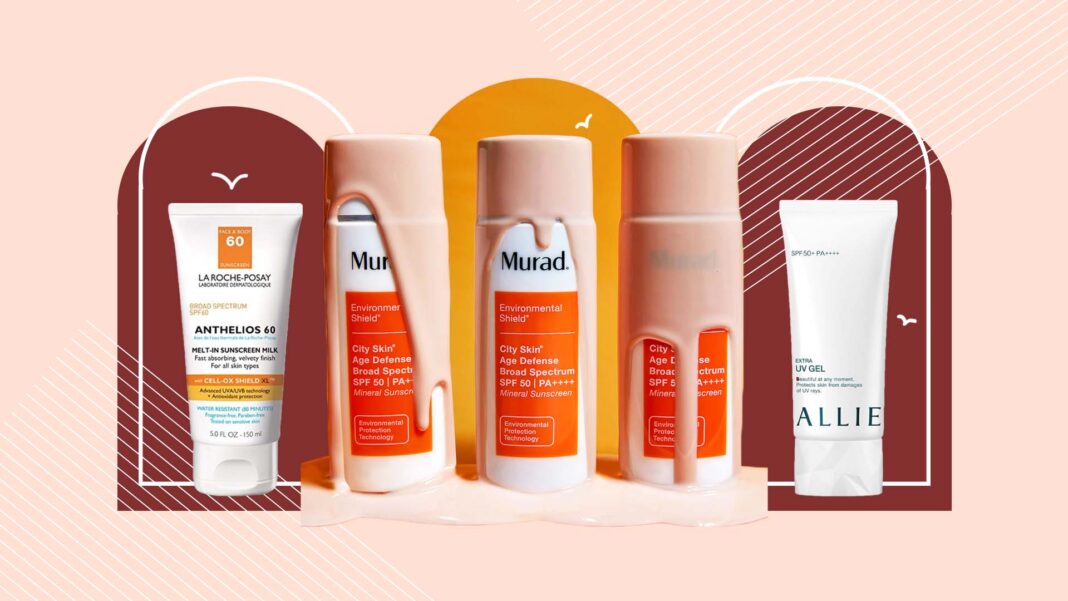
We get it. While sunscreen is an essential part of the skincare routine, there seem to be a lot of complicated terminologies. Chemical sunscreens? Physical? Mineral? They all sound strange, especially if you’re new to skincare. That’s why we’re here with Chemist Confessions founders Victoria Fu and Gloria Lu to give us the scoop on how to buy and apply sunscreens properly! Here’s a snippet of the interview below:
Q: If you were to (explain to) a person first using sunscreen, what’s an easy way for them to remember the difference between a mineral sunscreen and a physical sunscreen, and the pros and cons?
A really easy way to remember is to focus on remembering your mineral sunscreen, which is also called physical sunscreen. And the reason why you should just remember those is it’s just two ingredients. It’s titanium dioxide and zinc oxide. Everything else is chemical. And chemical sunscreens are also called organic sunscreens.
And so with titanium dioxide and zinc oxide, when people hear physical, they’re like, “Oh, is it because it’s forming a physical shield on my skin?” That’s not really the case! On average, all sunscreens kind of work in a similar manner. But with minerals, think of them as powders. The common characteristics of physical are that usually, people have to worry about white cast
In terms of who we recommend physicals (mineral sunscreen) for, sensitive skin types! On average, if you’re really struggling with sunscreens, you feel like you don’t know where to start, and you know your sensitive skin might have some issues, start there and then start branching out and exploring others
Q: For you guys, because you also have two different skin types, right? So which ones do you prefer and why?
Gloria: I am firmly team chemical! A lot of mineral sunscreens, because it’s powder-based, it has that drag and that powder feels that to me, it just feels drying. And that compounded with the fact that to make it feel less greasy, a lot of products will use oil-absorbing powders to give it a cleaner feel, and that on my dry skin, I can’t deal with it!
Victoria: Yeah, I’m also the same actually. I can get very tanned during the summer. So I have a lot of issues with minerals making me look a little mime-ish. I will say recently there’s definitely been a push for more mineral formulas and I have been pleasantly surprised by a couple. But I’m also team chemical just because of the texture. I get very oily so I don’t appreciate feeling that heaviness. I think there’s also more variety in terms of the format of chemicals. There are just more options.
Q: What’s the biggest difference you see between US-branded, European, and Korean sunscreens?
So the biggest issue with U.S. is sadly the FDA is a little slow-moving. There’s a lot of red tape and basically the only chemical UVA filter we can use is avobenzone. We actually just did Insta pose on avobenzone and we use the phrase, “It’s less stable than the value of dogecoin.” So it kind of limits the combinations you can use.
It’s unfortunate but yes, the U.S. is a little bit in the Stone Age. When you talk about chemical sunscreen textures, you’re gonna find it’s heavier, it’s shinier, it’s greasier.
I think in Asia, they love refreshing textures. Part of Asia is very very humid and then in places like Japan and Korea, their routine is very layer-heavy. So by the time you get to your sunscreen, you definitely don’t want a heavy cream.
So European sunscreen can also use some filters that are not available in the U.S. But I think in terms of cultural preferences, their textures are a little creamier, a little more hydrating. They use the Uvinul and Tinosorb. And that still allows them to basically sit a little nicer.
Oftentimes when people ask us for sunscreen recommendations, we do have to ask them like, “If you can get your hands on an international sunscreen, you have a better chance of finding something you like.”
Q: You know how on the back of this, it says like zinc oxide 17% and titanium dioxide 0.7%. Is there a percentage that people should look for?
That’s a great question! It doesn’t matter! Everything has to be tested.
Like we mentioned in the formulation bit, it depends on everything else in the formula. If you want to get down to every percentage and correlate it with the SPF value, you’ll find that it’s only very loosely correlated. For us, like we do the whole decode of the ingredients, this is where we’re like, “Please don’t do this!”
There are other ingredients that are impacting that protection factor. So it’s really important to think about that and not get too stressed out and caught up on that.
So just trust the SPF number. Let us chemists do the chemists’ work. We got you, guys!
Q: As consumers, who may be overwhelmed with everything that’s been happening within the sunscreen, skincare world. What would you recommend consumers look out for?
The good thing is SPFs have to be tested in order to sell. So in terms of packaging, you’re generally fine. You don’t have to think about jar versus tube format.
Really what you want to look for is just… Have a checklist of claims, right?
- So first thing, make sure you see an expiration date.
- Are you getting the right level of SPF protection, which is for UVB only, right? We always like to tell people 30 to 50 is your golden spot.
- Also, make sure you’re not trading off too much on texture, which really is what’s going to drive you to maintain that proper protection and reapply.
- Look for water and sweet resistance. Sweat is very damaging to a lot of chemical films that are going to help set that protection level for you.
- We would say look for broad-spectrum in the U.S. or the PA ++ for international sunscreens.
“Broad-spectrum” is kind of this overarching claim that you are getting some sense of UVA protection. But… How much? That’s where labels like the PA ++ really help. And it’s good that we’re seeing more and more brands even in the U.S. adopting that method so kudos!
Q: So when they test the sunscreens, how much should we be using to get the protection that’s labeled?
That is a great question! We’ve seen a lot of videos measuring out and whatnot. And the reality is, you’re not going to be measuring out every day.
So one is, always use more than you think you need! And two is, we kind of (do this thing where you) put it on your hand. It should be a substantial amount on your hand and make sure it just takes some time to rub in.
That’s kind of a floofy answer but the reality is, if it takes you a solid 20 to 30 seconds to rub in, that’s probably the right level. If you can apply and run, then that’s probably a little underapplying.
Q: And then you know how they say it’s always best to use 20-30 minutes before actually going outdoors, is that legit? What’s the reasoning behind that?
Typical testing time, 15 to 20 minutes, for their actual protocols. It’s a standard number where they want to make sure that the film is absorbed because everybody’s skin is different. So that’s just how that is. It’s not like, “Oh my god, the particles need to start waking up and drink their coffee and then they’ll work.” It doesn’t work like that!
Q: So I guess now’s a good time to flip the question to you guys for you guys to share your favorite sunscreens!
For more information on sunscreens, check out our interview with Chemist Confessions here:
Shop all of our curated faves at: https://bwth.in/shop
Subscribe to our YouTube Channel for more information and product recommendations: https://bwth.in/subscribe

